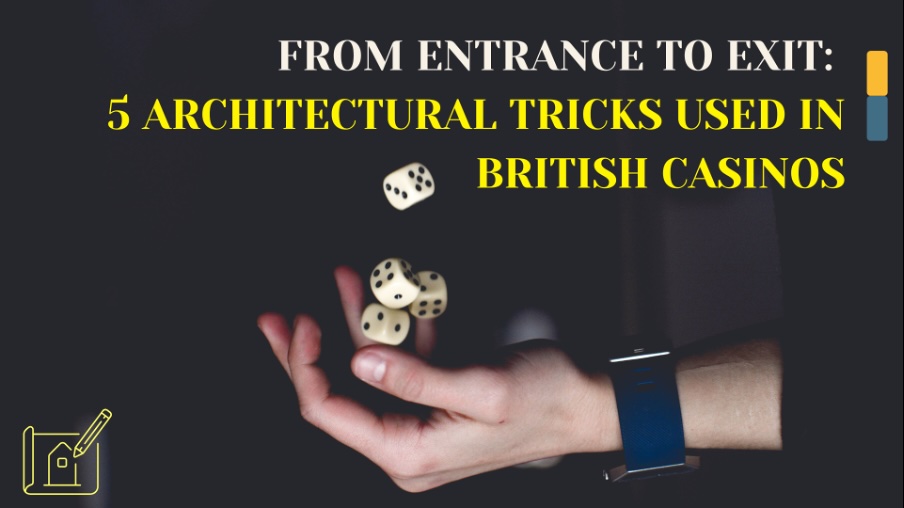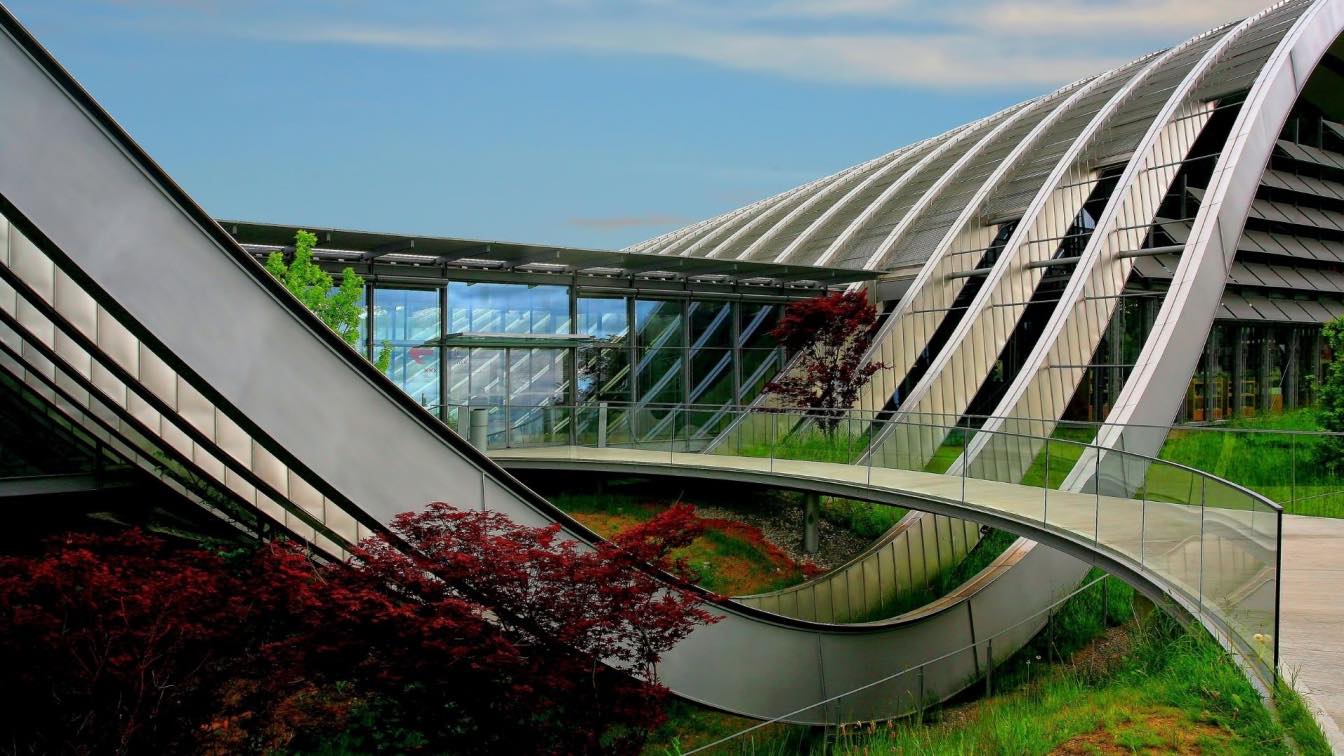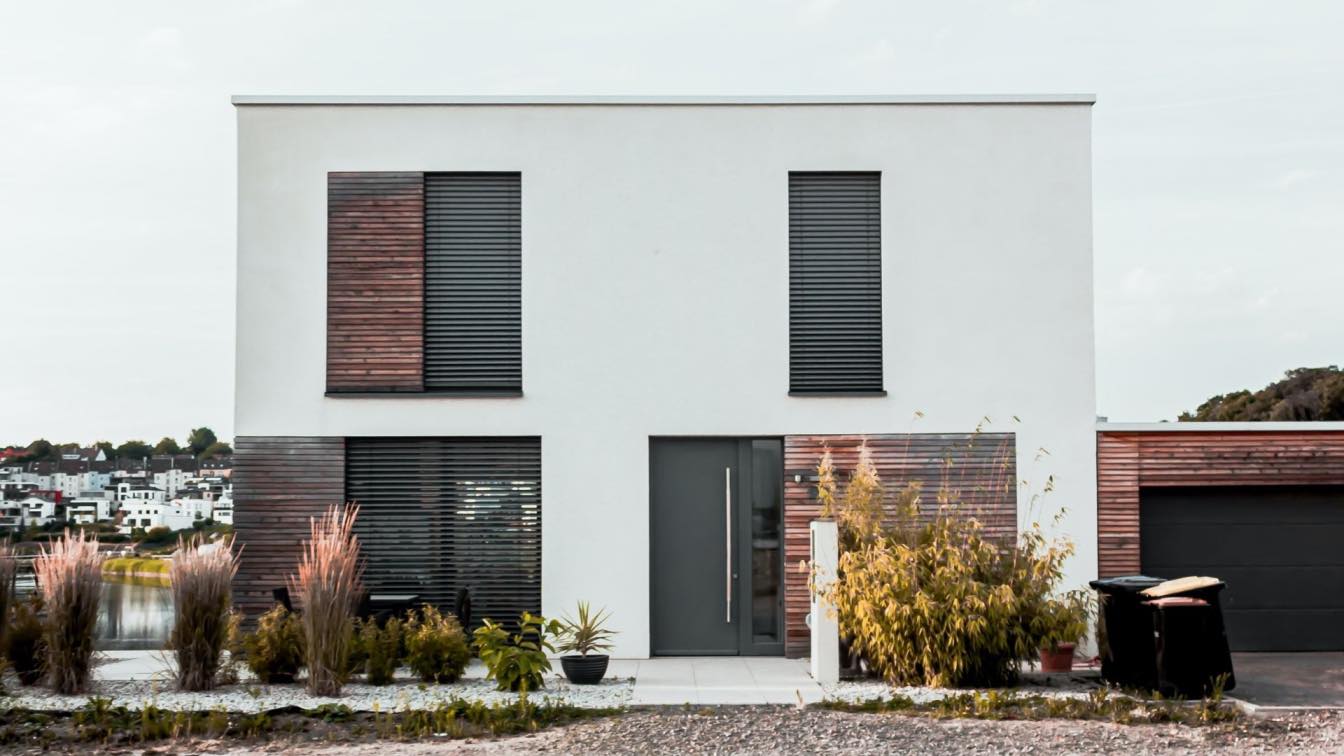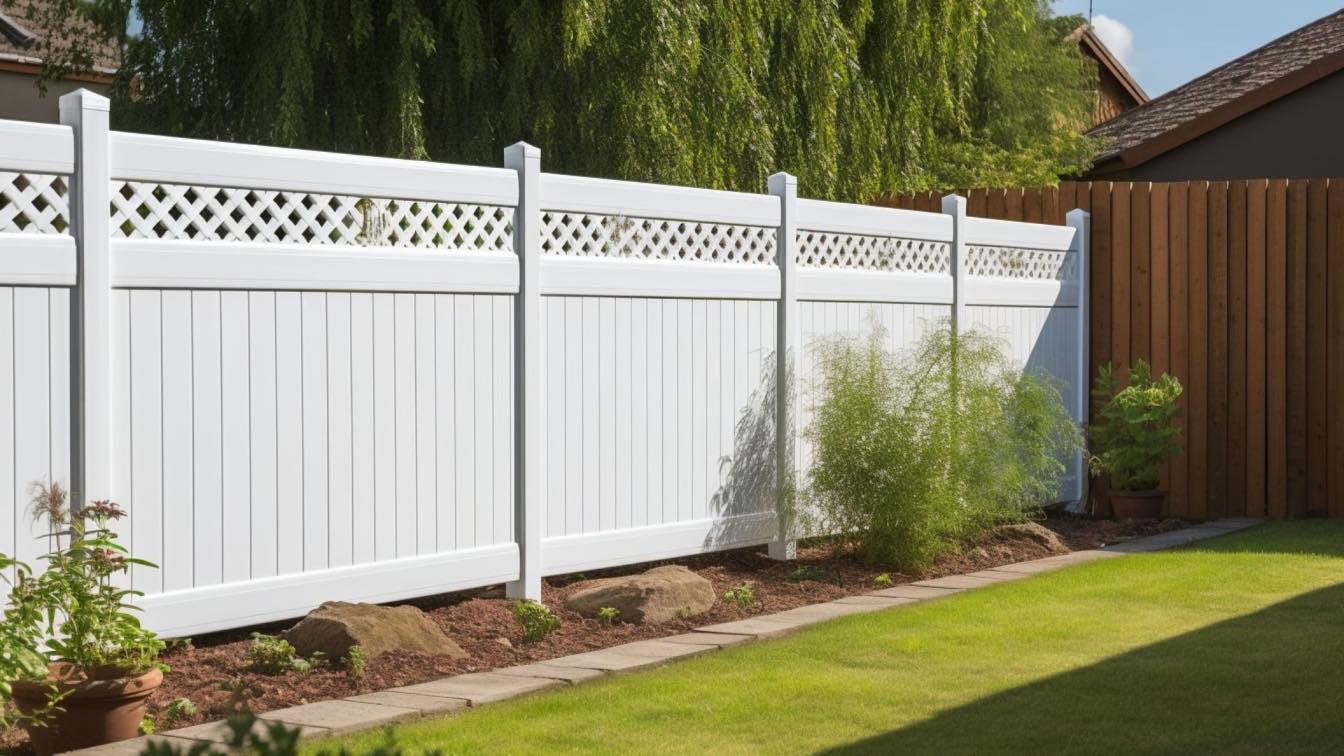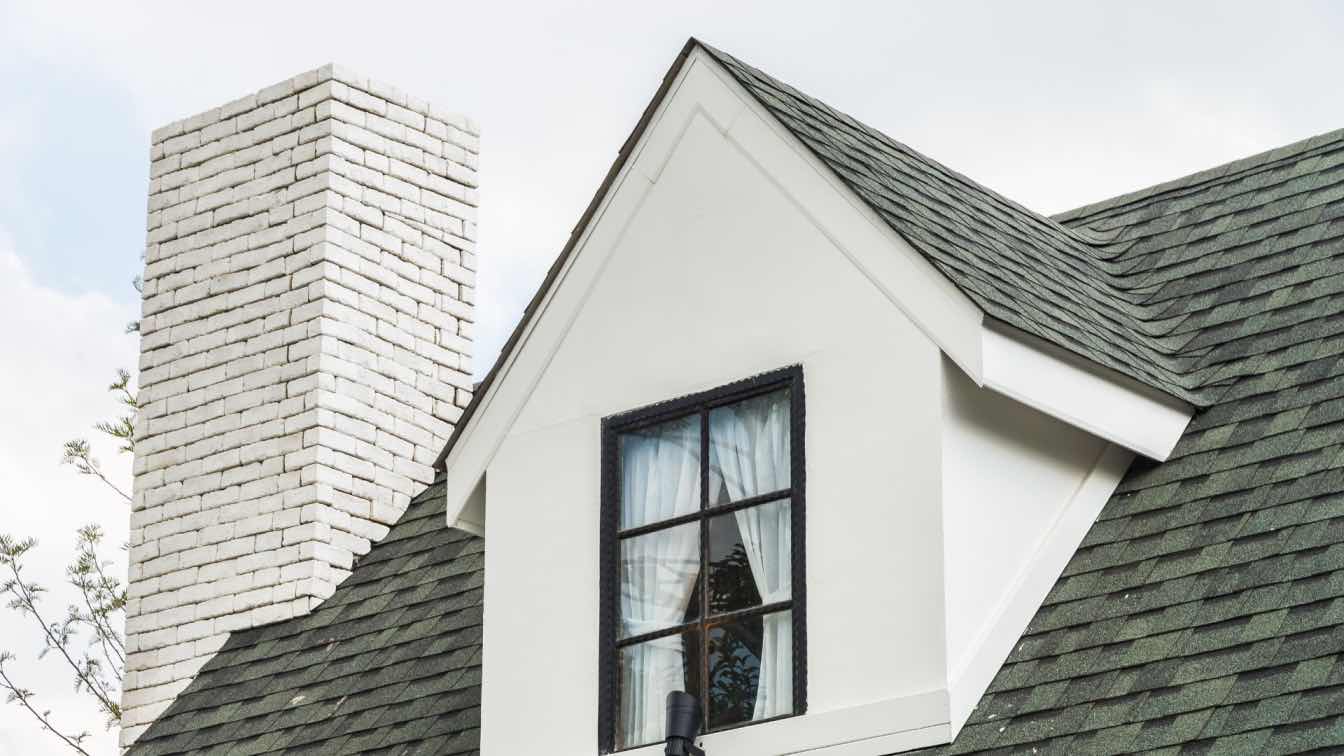Casinos are not just designed to place several gaming machines and attract risk-seekers. Instead, architects create immersive environments to boost excitement, extend playtime, and influence visitors’ behaviours. The lack of clocks on walls is a common feature for guests to lose track of time when gambling, but it’s not the only trick. UK casinos blend traditional British elegance and psychological aspects to encourage players to stay. What are the architectural principles that creators use when constructing these majestic buildings?
The Grand Entrance: Setting the Tone
For decades, gaming venues have been associated with wealth and luxury, and the first impression drives the future experience. When users enter non-GamStop casino sites and evaluate the layout and homepage, visitors assess land-based houses. British brick-and-mortar gambling establishments invest in their entrances to create excitement even before a visitor opens the door, noticing the flashing lights and the buzz of slot machines.
Facades made of marble and glass are a popular solution, as they create a luxurious atmosphere. This choice is not only driven by aesthetics: the grand entrance affects players’ psychology. Visitors await high-class experiences. Many casinos in London and Edinburgh are often located in historical buildings that keep the spirit of past centuries. Doors are typically set back or angled to create excitement, boosting the curiosity of getting inside.
Labyrinth-Like Layouts
After getting inside, players can rarely find the way to the game table or slot they would like to try. They need to walk through winding corridors, and this decision is not accidental. Casino layouts often borrow ideas from stunning contemporary villa design, where flow and visual appeal guide movement and keep visitors engaged. Curved walkways instead of straight paths are a way to extend the playtime.
UK casinos don’t typically have the large spaces found in Vegas establishments, so designers add mirrors and subtle dividers to create a sense of discovery. This trick has been common for decades, so both modern and older establishments use it. Wandering across multiple halls makes players lose track of time and spend more funds, increasing the casino’s revenue.
Comfortable Lounge Zones to Chill and Reload
Gambling is not only about the game itself. Land-based casinos in the United Kingdom provide relaxing experiences, offering users to have a rest in a chill zone or grab a tasty cocktail in a bar. The various noises of gaming machines can be tiring, and some players strive to leave the establishment to enjoy the silence. Lounge zones are separated from slot halls and game tables and are often complemented by light music like jazz. The architectural idea behind this decision is to encourage gamblers to reset, rather than take a break from spending. Convenient transitions between different zones allow visitors to feel comfortable and enjoy seamless experiences.
No Clocks or Windows: When Time Stops
Many brick-and-mortar casinos lack windows, and it’s not a mistake occasionally made by architects. It’s a well-thought-out strategy: complemented by the absence of clocks, it makes users forget about time. In this case, visitors are more likely to continue playing, which highlights why marketing strategies for responsible gambling are so important to balance entertainment with player safety. British gambling venues are time-free zones where fun never ends. Designs play a critical role in keeping guests in a controlled environment, where endless entertainment is blended with relaxation and comfort..
Strategic Lightning and Sound
Designing a casino implies focusing on every little detail, and the building itself is not the core of players’ experiences. Creators pay special attention to lights and sounds that capture visitors’ attention right at the entrance. Zones are differentiated: for instance, slot halls usually involve dynamic music that encourages fast-paced action. A win in a gaming machine is complemented by triumphant sounds, informing everyone that a player is lucky enough to hit the jackpot. This feature is important for continuous stay in a casino.
On the contrary, poker rooms and VIP lounges are filled with calm accompaniment for guests to relax and forget about everything outside the room. Lightning is also a strategic aspect. Brighter shades promote higher immersion without distractions. Muted lights create a comfortable atmosphere that players don’t want to quit.
Final Thoughts
Architecture is a silent casino dealer, affecting player behaviours and encouraging visitors to stay inside for as long as possible. A labyrinth-like structure is one of the significant points: guests are thrilled to discover more and walk through all the corridors. The lack of windows and clocks complements this experience, allowing them to completely lose track of time.
Designers don’t solely focus on aesthetics and functionality, as triggering players’ psychology and affecting their behaviours is often the main goal. Many British casinos have kept their grandeur for decades, and authentic experiences blended with innovative content attract thousands of visitors.

